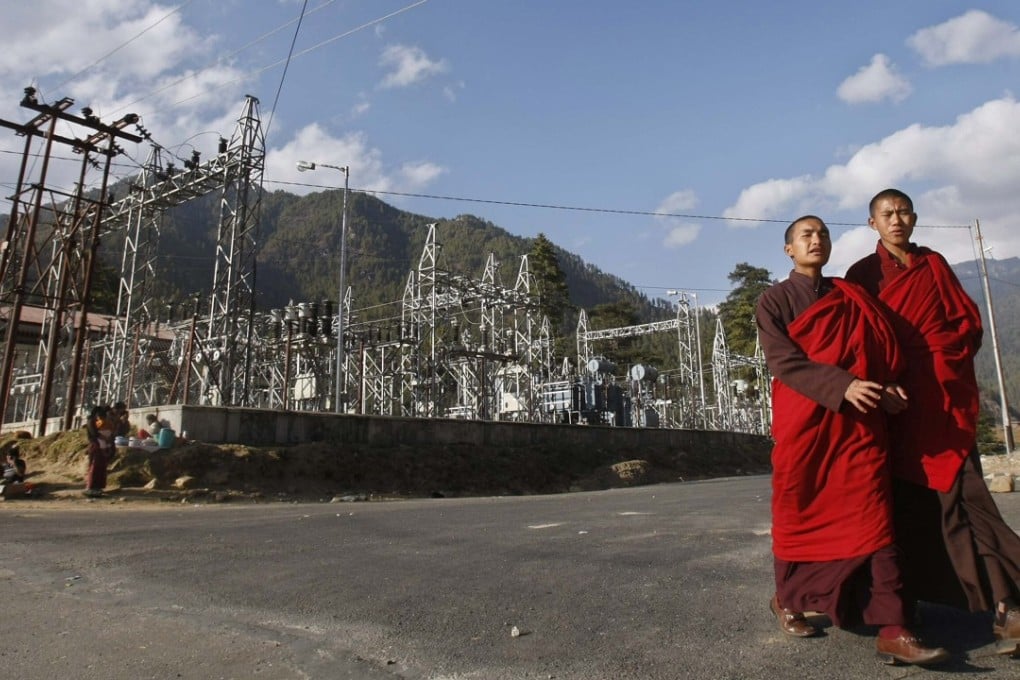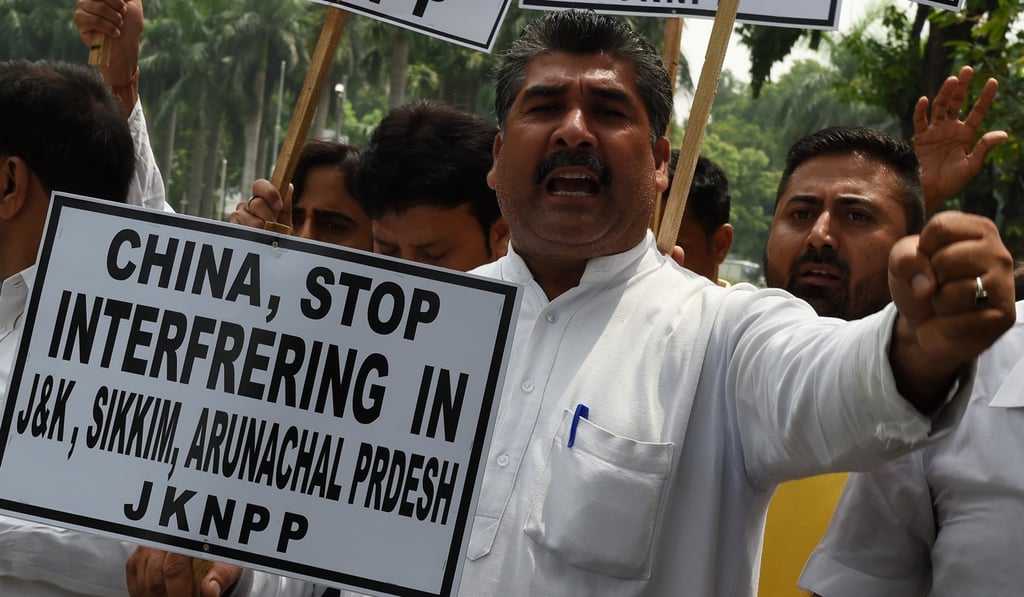Asian Angle | Doklam a year on: Bhutan more worried about India than China
New Delhi must realise there are few takers in Bhutan for the logic that India’s military commitment gives it ownership over Thimphu’s security and economic decision-making

Last week, an Indian parliamentary panel fluttered the dovecotes in Thimphu – Bhutan’s capital – by recommending New Delhi encourage Bhutan to deploy more soldiers in the disputed Doklam area, where a year ago several hundred Indian and Chinese soldiers stood eyeball-to-eyeball, raising real fears of bloodshed.

The Doklam crisis ended with mixed results for India. As the Indian Army chief himself admitted in January, Chinese troops continue to occupy North Doklam, while Indian soldiers have pulled out of Doklam and returned to their outposts in Sikkim. On the positive side, India managed to force China to halt building a road in Doklam, which it was extending southwards, across the Torsa Nala, to its claim line at the Zompelri Ridge, which runs southeast from Mount Gipmochi. Indian military planners believe it essential to enforce Bhutan’s claim line along the Batang La – Sinche La ridge line, about 12-14km north of Zompelri Ridge. They worry that Chinese possession of Zompelri would give the People’s Liberation Army (PLA) a launching pad to capture the vulnerable Siliguri Corridor, a narrow, 29km-wide sliver of land, with Nepal on one side and Bangladesh on the other. It connects mainland India with its eight north-eastern states.
How India and China go to war every day – without firing a single shot
Thus, in confronting China in Doklam, the Indian Army was protecting vital Indian interests more than enforcing the India-Bhutan security pact.

